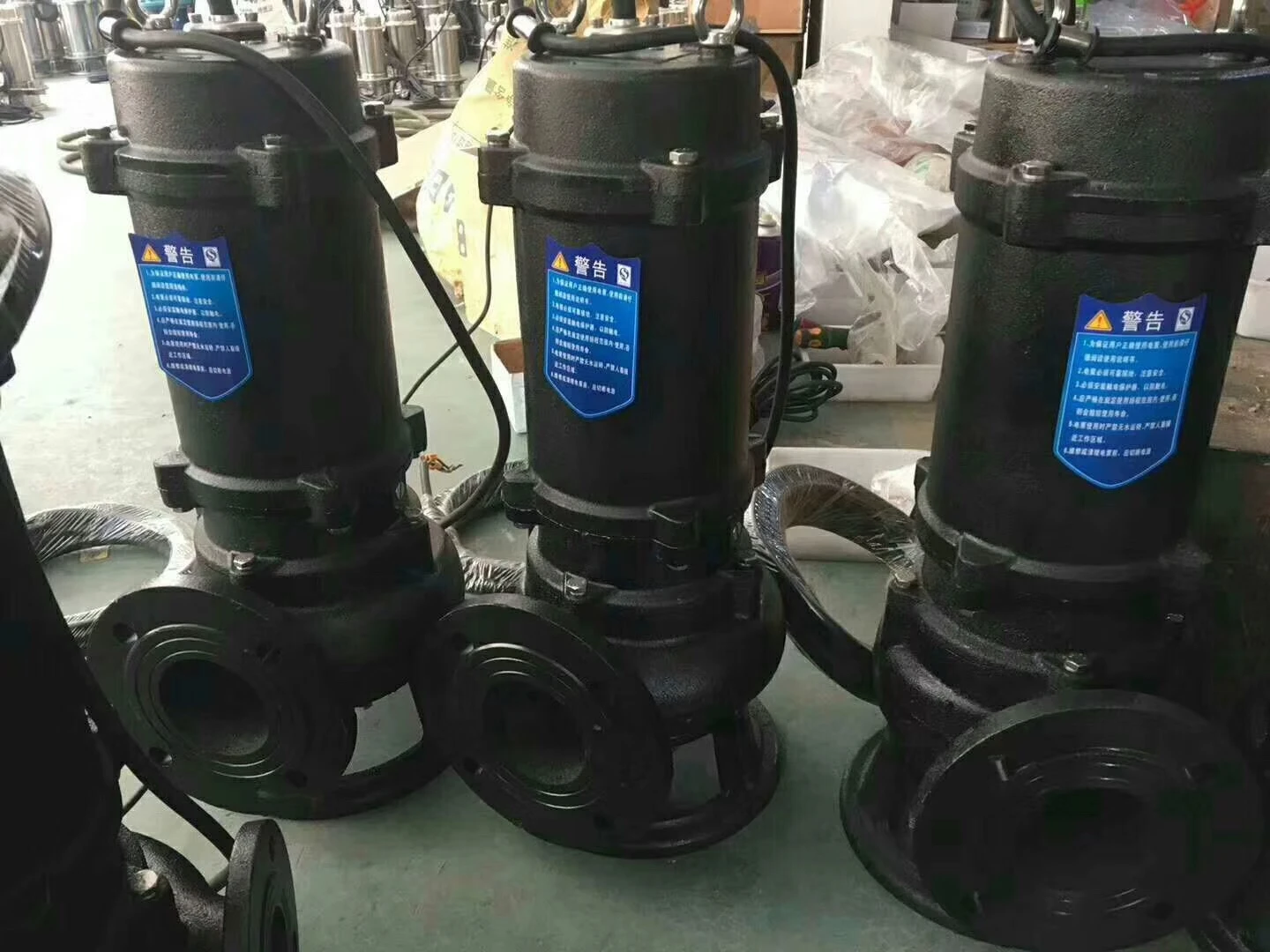Swahili
- Afrikaans
- Albanian
- Amharic
- Arabic
- Armenian
- Azerbaijani
- Basque
- Belarusian
- Bengali
- Bosnian
- Bulgarian
- Catalan
- Cebuano
- Corsican
- Croatian
- Czech
- Danish
- Dutch
- English
- Esperanto
- Estonian
- Finnish
- French
- Frisian
- Galician
- Georgian
- German
- Greek
- Gujarati
- Haitian Creole
- hausa
- hawaiian
- Hebrew
- Hindi
- Miao
- Hungarian
- Icelandic
- igbo
- Indonesian
- irish
- Italian
- Japanese
- Javanese
- Kannada
- kazakh
- Khmer
- Rwandese
- Korean
- Kurdish
- Kyrgyz
- Lao
- Latin
- Latvian
- Lithuanian
- Luxembourgish
- Macedonian
- Malgashi
- Malay
- Malayalam
- Maltese
- Maori
- Marathi
- Mongolian
- Myanmar
- Nepali
- Norwegian
- Norwegian
- Occitan
- Pashto
- Persian
- Polish
- Portuguese
- Punjabi
- Romanian
- Russian
- Samoan
- Scottish Gaelic
- Serbian
- Sesotho
- Shona
- Sindhi
- Sinhala
- Slovak
- Slovenian
- Somali
- Spanish
- Sundanese
- Swahili
- Swedish
- Tagalog
- Tajik
- Tamil
- Tatar
- Telugu
- Thai
- Turkish
- Turkmen
- Ukrainian
- Urdu
- Uighur
- Uzbek
- Vietnamese
- Welsh
- Bantu
- Yiddish
- Yoruba
- Zulu
Telephone: +86 13120555503
Email: frank@cypump.com
Desemba . 04, 2024 10:25 Back to list
High Efficiency Casting Slurry Pump Components for Enhanced Performance and Durability
Understanding the Role of Casting Slurry Pump Parts in Industrial Applications
In various industrial processes, the efficient transportation of slurries—mixtures of solids and liquids—is crucial. Slurry pumps play a vital role in such applications, designed specifically to handle abrasive and corrosive materials. Casting slurry pump parts are fundamental components that ensure the effective operation of these pumps, influencing their longevity, efficiency, and performance.
Importance of Casting in Slurry Pump Manufacturing
Casting is a manufacturing process where liquid material is poured into a mold to solidify into a specific shape. This method is particularly useful in producing slurry pump parts due to its ability to create complex geometries and tailored specifications that meet the demanding requirements of industrial environments. The most commonly used materials in the casting of slurry pump parts include various grades of iron, steel, and specialized alloys, ensuring strength and wear resistance.
Key Components of Casting Slurry Pump Parts
1. Impellers The heart of the slurry pump, impellers are responsible for transferring energy from the motor to the slurry. High-quality cast impellers are designed to withstand severe wear and tear from abrasive materials. Advanced casting techniques allow for the creation of impellers with optimal flow characteristics and geometric designs that enhance pumping efficiency.
2. Casing The casing houses the impeller and is critical in maintaining the internal pressure. Castings for the casing must be robust enough to withstand high pressures and corrosion from the transported slurry. The choice of material and the quality of the casting process directly impact the casing’s durability and performance.
3. Wear Liners These components protect the internal surfaces of the pump from wear caused by the abrasive nature of slurries. Cast wear liners made from high-chromium steel or rubber are often used to extend the lifespan of the pump, reducing the frequency and costs of maintenance. The casting process allows for precise fitting, which is essential for effective wear protection.
casting slurry pump part

4. Suction and Discharge Flanges These parts facilitate the connection of the pump to pipelines. Proper casting of these flanges is crucial, as they must fit securely to prevent leaks and ensure smooth operation. High-quality casting standards are necessary to meet the precise dimensional tolerances required for effective fitting.
Challenges in Casting Slurry Pump Parts
While the casting of slurry pump parts offers many advantages, it also presents certain challenges. The casting process must be closely monitored to avoid defects such as porosity, shrinkage, and misalignment. These issues can lead to premature failure of pump components, resulting in costly downtimes and repairs. Additionally, the choice of material impacts not only the performance of the pump but also its ability to resist wear, corrosion, and fatigue under varying operational conditions.
Innovations in Casting Technologies
Recent advancements in casting technologies have significantly improved the manufacturing process of slurry pump parts. Techniques such as investment casting and 3D printing are beginning to be integrated into the production of pump components. Investment casting allows for more intricate designs and better surface finishes, which can enhance the performance of the pump. Meanwhile, 3D printing is revolutionizing the production of complex parts that were previously difficult to manufacture, reducing waste and lead times.
Conclusion
Casting slurry pump parts is a critical aspect of ensuring the efficient and reliable operation of slurry pumps in various industries, including mining, construction, and wastewater treatment. As industries continue to push the boundaries of operational efficiency and durability, the importance of high-quality casting processes and innovations will only increase. By understanding the key components, challenges, and advancements in the casting of slurry pump parts, manufacturers and operators can better appreciate their significance in the overall performance and longevity of slurry pumps, ultimately contributing to improved productivity and cost-effectiveness in industrial applications.
-
Horizontal Split Case Pump with GPT-4 Turbo | High Efficiency
NewsAug.01,2025
-
ISG Series Pipeline Pump - Chi Yuan Pumps | High Efficiency, Durable Design
NewsAug.01,2025
-
Advanced Flue Gas Desulfurization Pump with GPT-4 Turbo | Durable & Efficient
NewsJul.31,2025
-
ISG Series Vertical Pipeline Pump - Chi Yuan Pumps | Advanced Hydraulic Design&Durable Construction
NewsJul.31,2025
-
ISG Series Vertical Pipeline Pump - Chi Yuan Pumps | Energy Efficient & Low Noise
NewsJul.31,2025
-
pipeline pump - Chi Yuan Pumps Co., LTD.|High Efficiency&Low Noise
NewsJul.31,2025










